Hardware Variants- AP-303 models: single Ethernet
- AP-303P models: second Ethernet with PoE out
Wi-Fi Radio Specifications - AP type: Indoor, dual radio, 5GHz 802.11ac 2×2 MIMO and 2.4GHz 802.11n 2×2 MIMO
- 5GHz (radio 0):
- Two spatial stream Single User (SU) MIMO for up to 867 Mbps wireless data rate to individual 2SS VHT80 client devices
- Two spatial stream Multi User (MU) MIMO for up to 867 Mbps wireless data rate to two 1SS MU-MIMO capable client devices simultaneously
- 2.4GHz (radio 1):
- Two spatial stream Single User (SU) MIMO for up to 300 Mbps wireless data rate to individual 2SS HT40 client devices
- Support for up to 256 associated client devices per radio, and up to 16 BSSIDs per radio
- Supported frequency bands (country-specific restrictions apply):
- 2.400 to 2.4835GHz
- 5.150 to 5.250GHz
- 5.250 to 5.350GHz
- 5.470 to 5.725GHz
- 5.725 to 5.850GHz
- Available channels: Dependent on configured regulatory domain
- Dynamic frequency selection (DFS) optimizes the use of available RF spectrum
- Supported radio technologies:
- 802.11b: Direct-sequence spread-spectrum (DSSS)
- 802.11a/g/n/ac: Orthogonal frequency-division multiplexing (OFDM)
- Supported modulation types:
- 802.11b: BPSK, QPSK, CCK
- 802.11a/g/n/ac: BPSK, QPSK, 16-QAM, 64-QAM, 256-QAM
- Transmit power: Configurable in increments of 0.5dBm
- Maximum (aggregate, conducted total) transmit power (limited by local regulatory requirements):
- 2.4GHz band: +21dBm (18dBm per chain)
- 5GHz band: +21dBm (18dBm per chain)
- Note: conducted transmit power levels exclude antenna gain. For total (EIRP) transmit power, add antenna gain
- Advanced Cellular Coexistence (ACC) minimizes the impact of interference from cellular networks
- Maximum ratio combining (MRC) for improved receiver performance
- Cyclic delay/shift diversity (CDD/CSD) for improved downlink RF performance
- Short guard interval for 20MHz, 40MHz and 80MHz channels
- Space-time block coding (STBC) for increased range and improved reception
- Low-density parity check (LDPC) for high-efficiency error correction and increased throughput
- Transmit beam-forming (TxBF) for increased signal reliability and range
- Supported data rates (Mbps):
- 802.11b: 1, 2, 5.5, 11
- 802.11a/g: 6, 9, 12, 18, 24, 36, 48, 54
- 802.11n: 6.5 to 300 (MCS0 to MCS15)
- 802.11ac: 6.5 to 867 (MCS0 to MCS9, NSS = 1 to 2)
- 802.11n high-throughput (HT) support: HT20/40
- 802.11ac very high throughput (VHT) support: VHT20/40/80
- 802.11n/ac packet aggregation: A-MPDU, A-MSDU
Wi-Fi Antennas - AP-303P: Internal antenna models.
- Two vertically polarized dual-band downtilt omnidirectional antennas for 2×2 MIMO with peak antenna gain of 3.5dBi (2.4GHz) and 6.9dBi (5GHz) per antenna.
- The antennas are optimized for horizontal ceiling mounted orientation of the AP. The downtilt angle for maximum gain is roughly 30 degrees.
- Combining the patterns of both antennas per radio, the peak gain of the average (effective) pattern is 2.1dBi in 2.4GHz and 5.7dBi in 5GHz.
Mounting - The AP ships with a (black) mount clips to attach to a 9/16-inch or 15/16-inch flat T-bar drop-tile ceiling
- Several optional mount kits are available to attach the AP to a variety of surfaces; see the Ordering Information section below for details
| Other Interfaces- E0: One 10/100/1000BASE-T Ethernet network interface (RJ-45)
- Auto-sensing link speed and MDI/MDX
- 802.3az Energy Efficient Ethernet (EEE)
- PoE-PD: 48Vdc (nominal) 802.3af PoE
- DC power interface, accepts 2.1/5.5-mm center-positive circular plug with 9.5-mm length
- E1 (AP-303P models only): One 10/100/1000BASE-T
- Ethernet network interface (RJ-45)
- Auto-sensing link speed and MDI/MDX
- 802.3az Energy Efficient Ethernet (EEE)
- PoE-PSE (output): 48Vdc (nominal) 802.3af/at PoE
- Bluetooth Low Energy (BLE) radio
- Up to 3dBm transmit power (class 2) and -93dBm receive sensitivity
- Integrated vertically polarized omnidirectional antenna with roughly 30 degrees downtilt and peak gain of 4.5dBi
- Visual indicators (tri-color LEDs): for System and Radio status
- Zigbee 802.15.4 radio (AP-303P models only)
- Reset button: factory reset (during device power-up), LED mode control (normal/off)
- Serial console interface (proprietary, µUSB physical jack)
- Kensington security slot
Power Sources and Consumption - The AP supports direct DC power and Power over Ethernet (PoE)
- When both power sources are available, DC power takes priority over PoE
- Power sources are sold separately
Mechanical - Dimensions and weight (unit, excluding mount accessories):
- 150mm (W) x 150mm (D) x 35mm (H) or 5.9” (W) x 5.9” (D) x 1.4” (H)
- 260g or 9.2oz
- Dimensions and weight (shipping):
- 190mm (W) x 180mm (D) x 60mm (H) or 7.4” (W) x 7.0” (D) x 2.4” (H)
- 410g or 14.5oz
Environmental - Operating:
- Temperature: 0° C to +40° C (+32° F to +104° F)
- Humidity: 5% to 93% non-condensing
- Storage and transportation:
- Temperature: -40° C to +70° C (-40° F to +158° F)
Reliability - MTBF: 795khrs (91yrs) at +25C operating temperature
Regulatory - FCC/ISED
- CE Marked
- RED Directive 2014/53/EU
- EMC Directive 2014/30/EU
- Low Voltage Directive 2014/35/EU
- UL/IEC/EN 60950
- EN 60601-1-1 and EN 60601-1-2
For more country-specific regulatory information and approvals, please see your Aruba representative. Regulatory Model Numbers - AP-303: APIN0303
- AP-303P: APINP303
Certifications - CB Scheme Safety, cTUVus
- UL2043 plenum rating
- Wi-Fi Alliance (WFA) certified 802.11a/b/g/n/ac
- Wi-Fi Alliance certified (WFA) 802.11ac with Wave 2 features
- Passpoint® (Release 2) with ArubaOS and Instant 8.3+
|







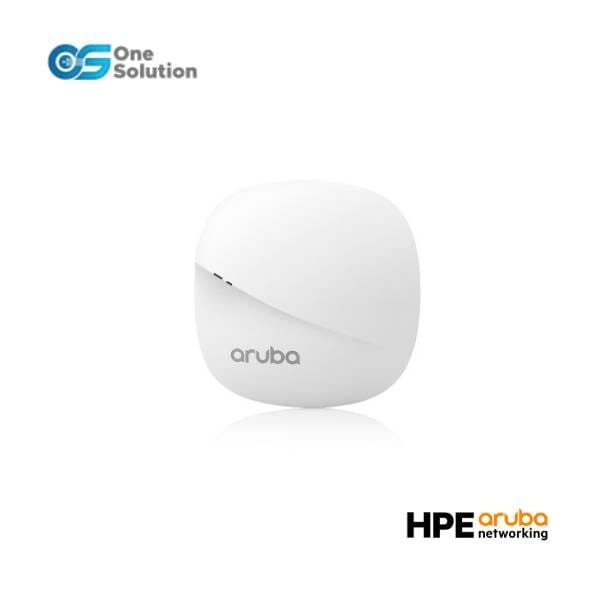
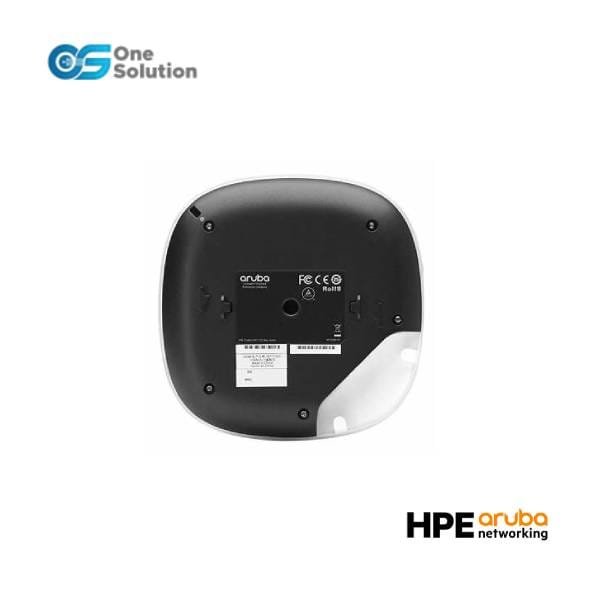
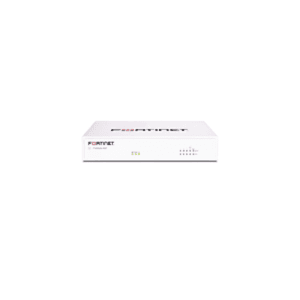
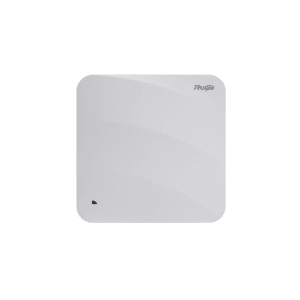
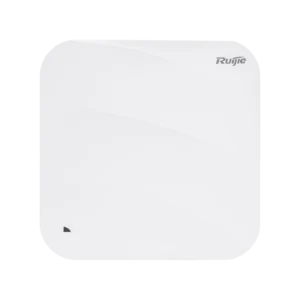

Reviews
There are no reviews yet.